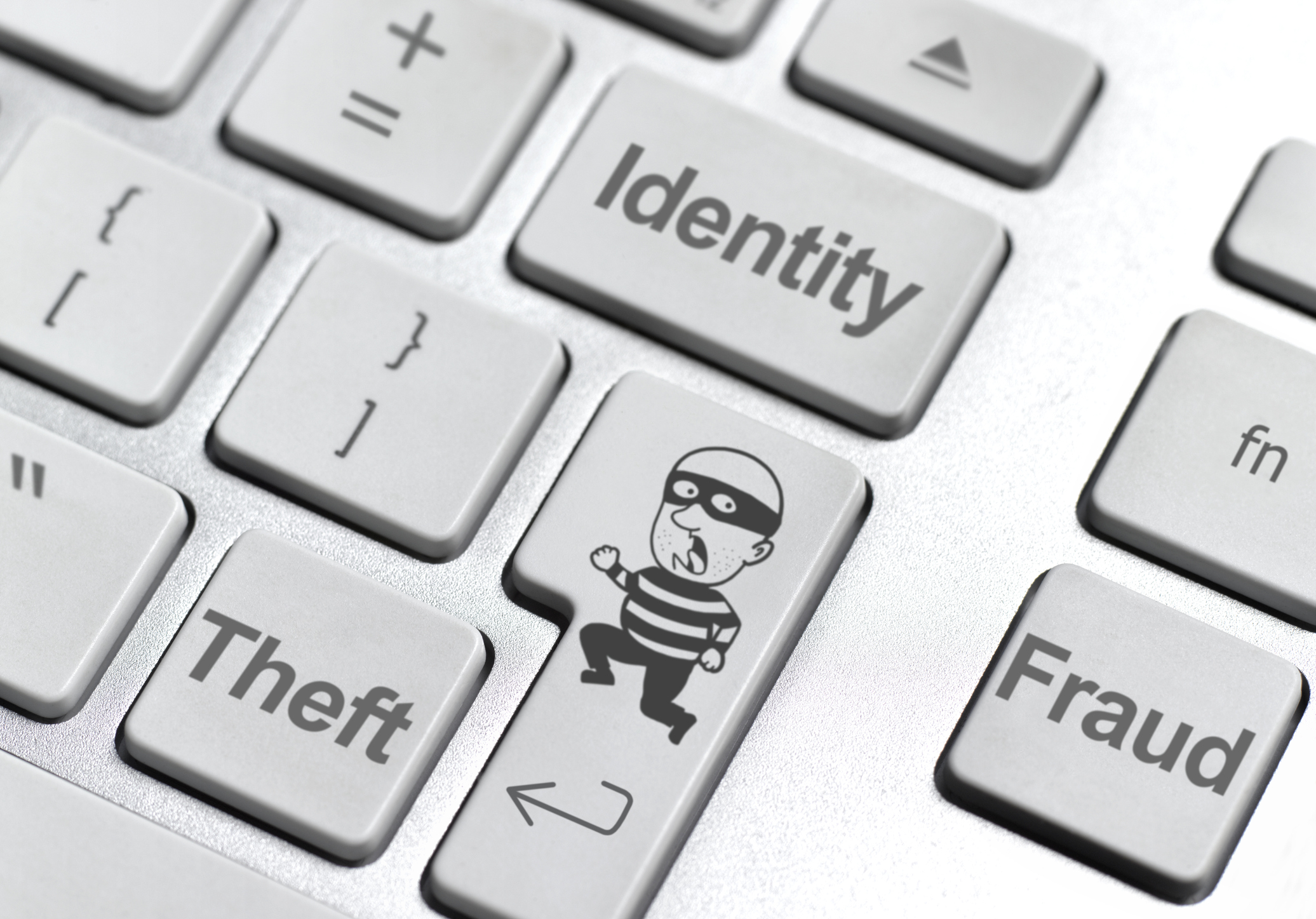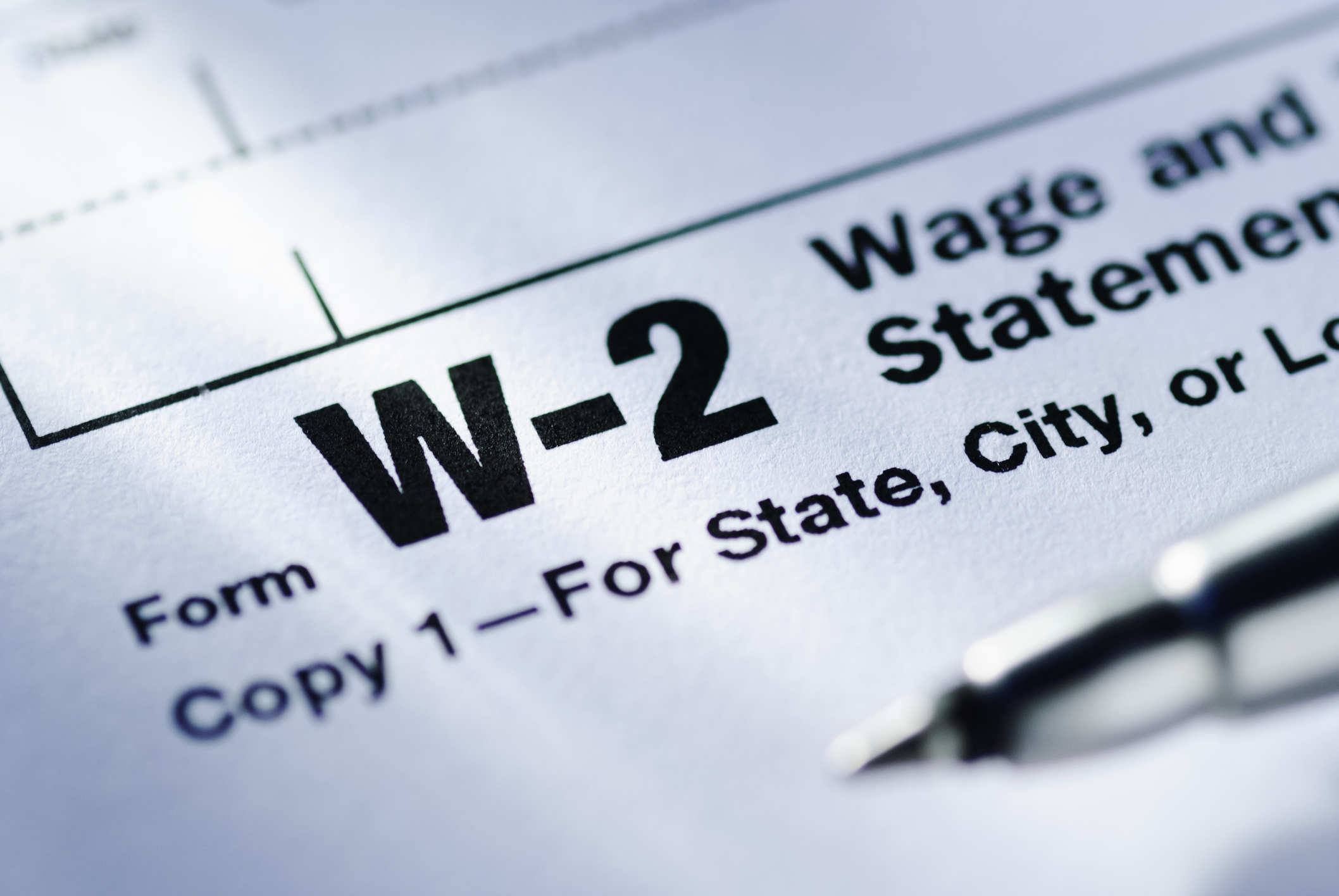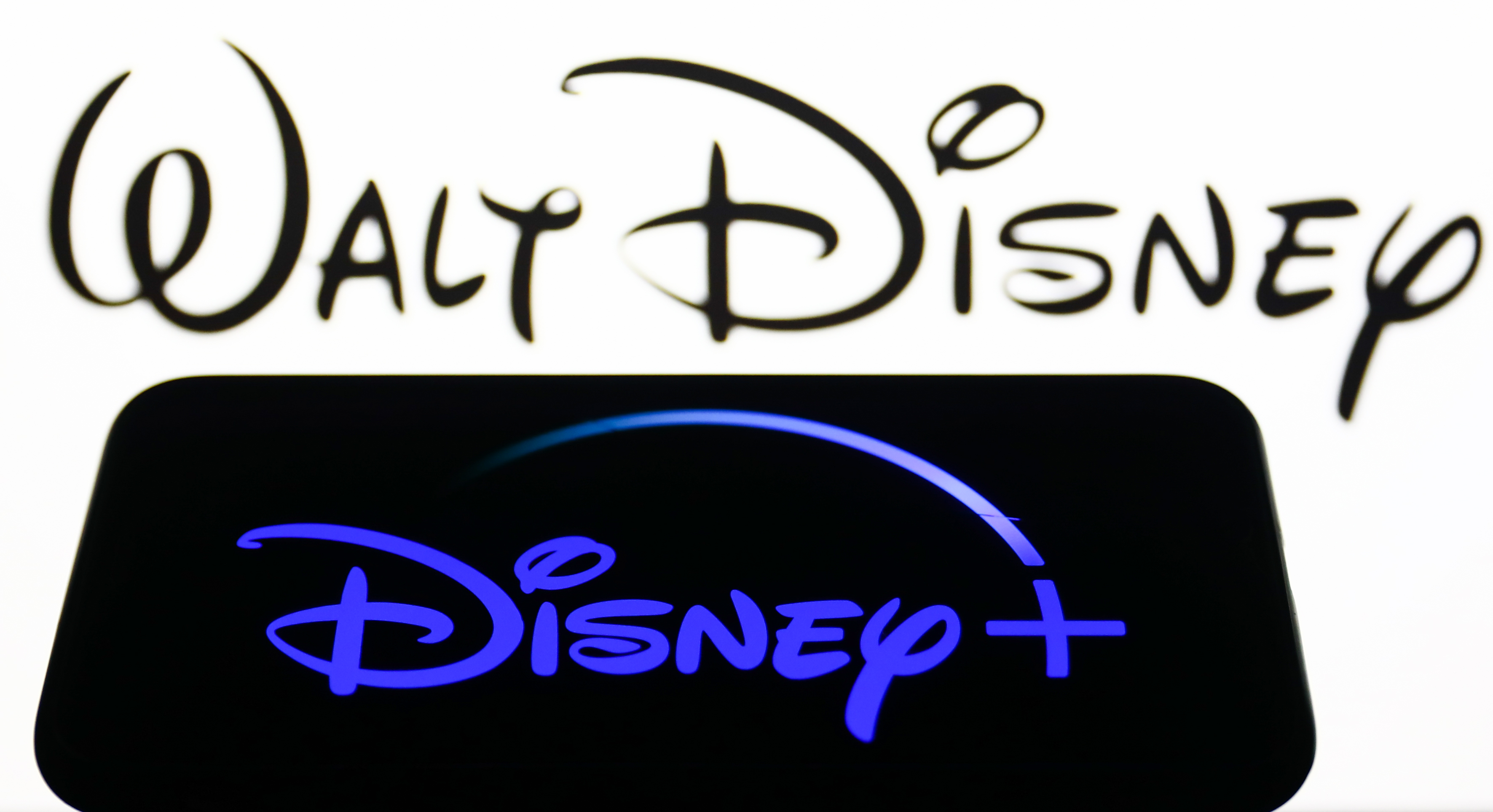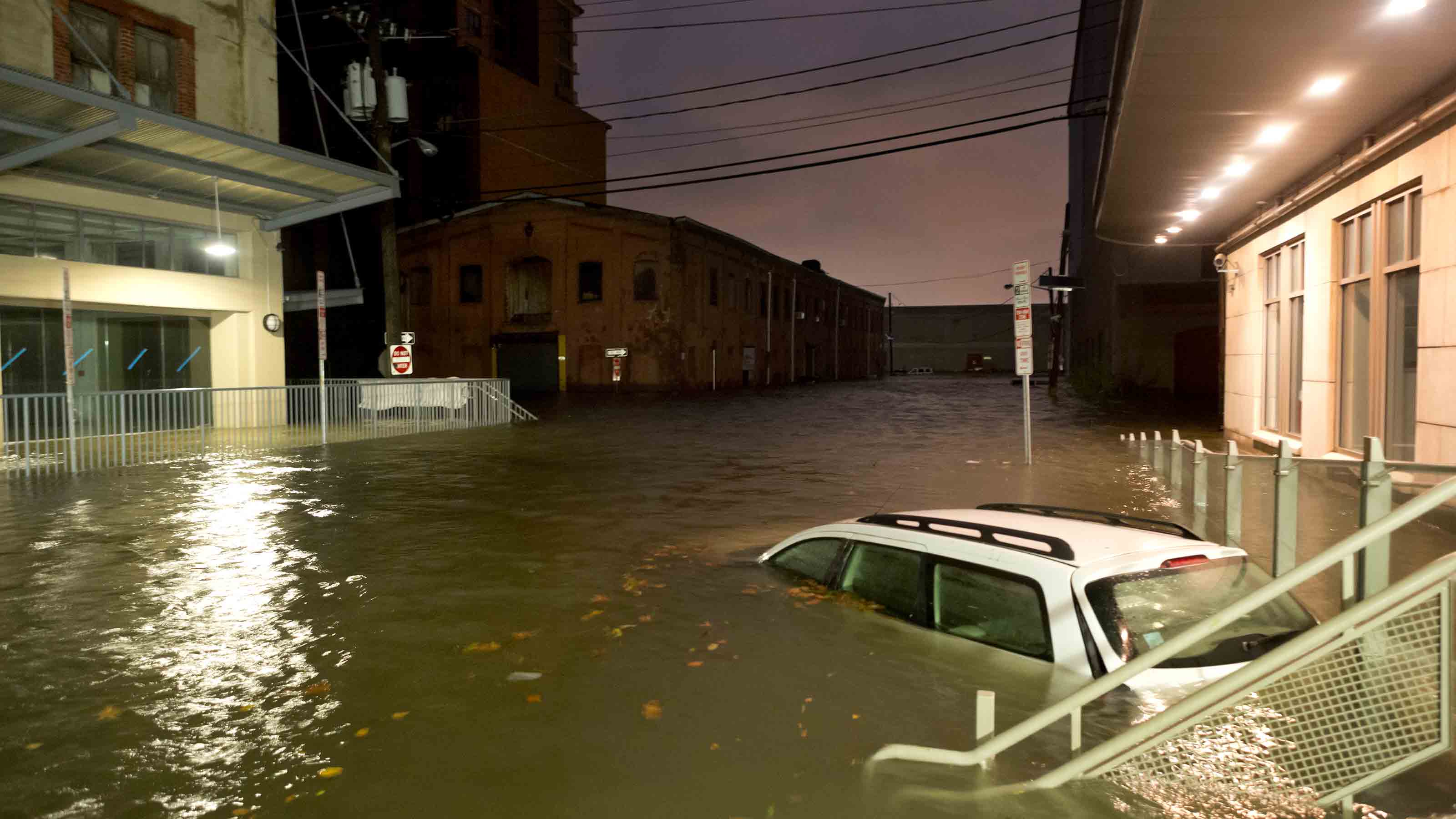Can You Spot Scam E-mails?
Sometimes it's hard to distinguish fraudulent messages from legitimate ones. So follow these do's and don'ts to lower your risks of becoming a victim.

Recently I've received a few suspicious e-mails that likely would've infected my computer with a malicious virus or put me at risk of having my identity stolen if I had done what they asked. One came with a FedEx logo and told me to print out an invoice attached to the e-mail so I could collect a package that I had sent that FedEx supposedly was unable to deliver. The most obvious tip-off that the e-mail was fraudulent was that I hadn't sent any packages recently.
There were some other clues, too, that should've raised the eyebrows of even someone who had sent a package by FedEx. The e-mail said "Dear ," -- no name. And there was some random text at the end of the e-mail: "Fed loses bid to review bailout disclosure ruling."
But sometimes scam e-mails are so legitimate looking that even the most-cautious of us can be fooled. If you always follow these do's and don'ts, though, you're much less likely to become a victim of e-mail scams.

Sign up for Kiplinger’s Free E-Newsletters
Profit and prosper with the best of expert advice on investing, taxes, retirement, personal finance and more - straight to your e-mail.
Profit and prosper with the best of expert advice - straight to your e-mail.
Don't download attachments sent to you in unsolicited e-mails. They may contain viruses that will secretly track your account numbers, passwords and other data. Also be wary of attachments sent by friends, who might not be aware that the "you gotta see this" file they're sending around contains malware.
Don't click on any link sent to you in an unsolicited e-mail, no matter how convincing the message. Once you click on the link, you could have a difficult time telling if the site is authentic or a scam. (Not to mention that doing so will also signal the sender that your e-mail address is active, which could spawn more spam.) Instead, verify requests for personal information. If an e-mail looks like it is from your bank, for example, use the Web address you usually use to access your account and confirm the request through the site's "Contact Us" link.
Don't fall for too-good-to-be-true offers. E-mails promoting merchandise with unusually low prices and "free" items with small shipping fees could be credit-card-number traps.
Do safeguard your computer by updating your virus protection regularly and using a firewall program.
Get Kiplinger Today newsletter — free
Profit and prosper with the best of Kiplinger's advice on investing, taxes, retirement, personal finance and much more. Delivered daily. Enter your email in the box and click Sign Me Up.

Award-winning journalist, speaker, family finance expert, and author of Mom and Dad, We Need to Talk.
Cameron Huddleston wrote the daily "Kip Tips" column for Kiplinger.com. She joined Kiplinger in 2001 after graduating from American University with an MA in economic journalism.
-
 The AI Doctor Coming to Read Your Test Results
The AI Doctor Coming to Read Your Test ResultsThe Kiplinger Letter There’s big opportunity for AI tools that analyze CAT scans, MRIs and other medical images. But there are also big challenges that human clinicians and tech companies will have to overcome.
By John Miley Published
-
 The Best Places for LGBTQ People to Retire Abroad
The Best Places for LGBTQ People to Retire AbroadLGBTQ people can safely retire abroad, but they must know a country’s laws and level of support — going beyond the usual retirement considerations.
By Drew Limsky Published
-
 How to Guard Against Identity Theft in 2025
How to Guard Against Identity Theft in 2025Scammers are getting better at impersonating legitimate businesses.
By Mallika Mitra Last updated
-
 Social Media Scams Cost Consumers $2.7B, Study Shows
Social Media Scams Cost Consumers $2.7B, Study ShowsScams related to online shopping, investment schemes and romance top the FTC's social media list this year.
By Joey Solitro Published
-
 Five Ways to Save on Vacation Rental Properties
Five Ways to Save on Vacation Rental PropertiesTravel Use these strategies to pay less for an apartment, condo or house when you travel.
By Cameron Huddleston Last updated
-
 How to Avoid Annoying Hotel Fees: Per Person, Parking and More
How to Avoid Annoying Hotel Fees: Per Person, Parking and MoreTravel Here's how to avoid extra charges and make sure you don't get stuck paying for amenities that you don't use.
By Cameron Huddleston Last updated
-
 Tired of Scam Text Messages? The FCC Cracks Down
Tired of Scam Text Messages? The FCC Cracks DownNew scam text message rules from the FCC require carriers to block texts from bad numbers and protect consumers.
By Ben Demers Published
-
 Tax Scam: IRS Warns Taxpayers Against Filing False W-2 Info
Tax Scam: IRS Warns Taxpayers Against Filing False W-2 InfoScams A new tax scam on social media advises lying on your W-2 to falsely claim credits and bigger refunds.
By Ben Demers Published
-
 Beware Fake Disney Plus Emails That Steal Your Bank Information
Beware Fake Disney Plus Emails That Steal Your Bank InformationFake Disney Plus billing messages enable scammers to access your bank account and drain your funds.
By Ben Demers Published
-
 Watch Out for Flood-Damaged Cars from Hurricane Ian
Watch Out for Flood-Damaged Cars from Hurricane IanBuying & Leasing a Car In the wake of Hurricane Ian, more flood-damaged cars may hit the market. Car prices may rise further because of increased demand as well.
By Bob Niedt Last updated